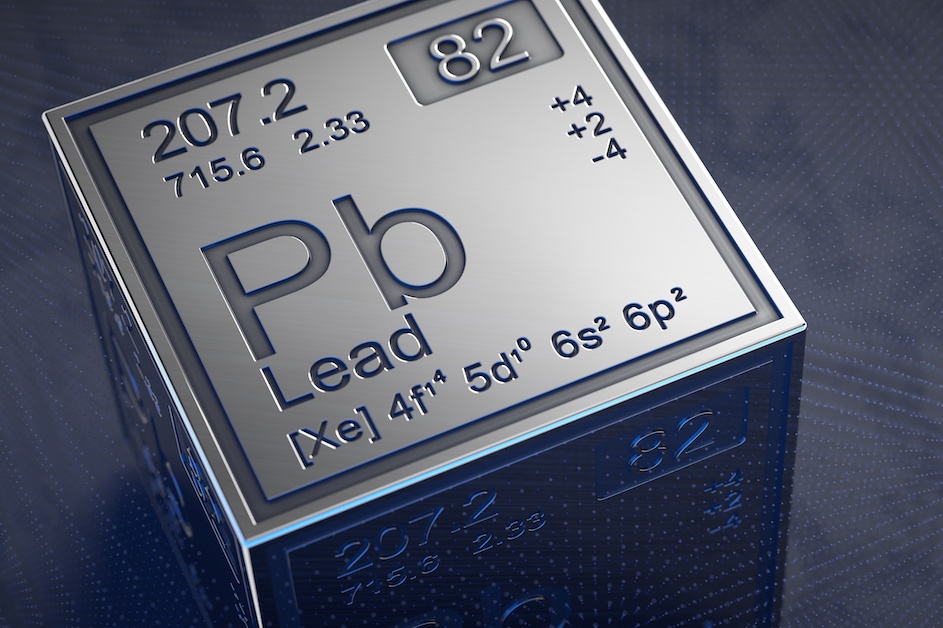Stable Isotope Ratio Analysis
 Brooks Applied Labs currently offers stable isotope ratio testing of various elements for application to environmental and forensic studies. This group of analytical techniques provides insights into physical, chemical, or biological processes to which samples have been subjected and consequently has wide-ranging applications including fingerprinting and identifying sources of environmental contamination, investigating food adulteration, or studying ecological food webs. These applications require specialized, high precision mass spectrometers that can accurately measure small variations in the natural isotopic abundances of a given element.
Brooks Applied Labs currently offers stable isotope ratio testing of various elements for application to environmental and forensic studies. This group of analytical techniques provides insights into physical, chemical, or biological processes to which samples have been subjected and consequently has wide-ranging applications including fingerprinting and identifying sources of environmental contamination, investigating food adulteration, or studying ecological food webs. These applications require specialized, high precision mass spectrometers that can accurately measure small variations in the natural isotopic abundances of a given element.
Food authentication, or the process of verifying that a food product is what it claims to be, is one common application of stable isotope ratio analyses. Adulteration or mislabeling of products such as wine, honey, olive oil, juices, meat, and dairy products have been detected using this technique. For example, carbon isotopes may be used to detect if honey has been diluted with high-fructose corn syrup, nitrogen isotopes may be used to differentiate between conventional vs. organically grown crops, while oxygen and strontium isotopes may be used to trace the geographical origin of foods or beverages like wine. Food fraud, or the intentional misrepresentation of food products for economic gain, can therefore be investigated using stable isotopes.
Isotope ratio analysis can also be used to identify the source of a wide range of substances, including environmental contaminants like heavy metals or pesticides. Comparison of the isotopic signatures or “fingerprints” of potential pollutant sources to those present at a contaminated site may help with source apportionment, or the identification of the relative contribution of various contaminant sources. When all sources or “end members” in a given environment are known and well characterized, the degree of mixing among them can be reconstructed using stable isotope data.
Stable metal isotope measurements are typically performed through thermal ionization mass spectrometry (TIMS) or multicollector inductively coupled plasma mass spectrometry (MC-ICP-MS). While a TIMS instrument can produce excellent precision as it is not reliant on a plasma source, the MC-ICP-MS instruments at Brooks Applied Labs offer the flexibility, speed, and precision necessary for commercial testing. Our results include all appropriate QA/QC which are not usually available from academic institutions. Brooks Applied Labs utilizes both a Nu 1700 Multi Collector ICPMS and a Nu HR Multi Collector ICPMS to achieve high accuracy and high precision isotopic measurements.
Brooks Applied Lab also offers high-precision analysis of samples for light stable isotopes, carbon, nitrogen, oxygen and hydrogen. Our lab houses multiple Gas-Source Isotope Ratio Mass Spectrometers with many peripherals. Our advanced techniques allow us to distinguish carbohydrates that originated from C3 plants such as maple trees and beats from C4 plants such as corn and sugar cane with unparalleled accuracy. Synthetic nitrogen fertilizers are distinct from organic nitrogen fertilizers, and our analysis can confidently distinguish between these nitrogen sources used to grow crops. These are only some of the applications we can help with in your projects.
For project inquiries, applicability of methodologies, and pricing information feel free to contact us.





